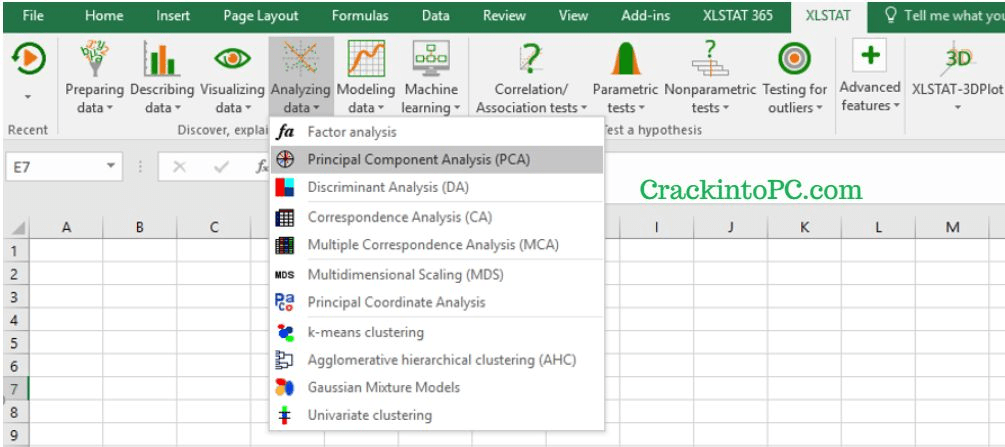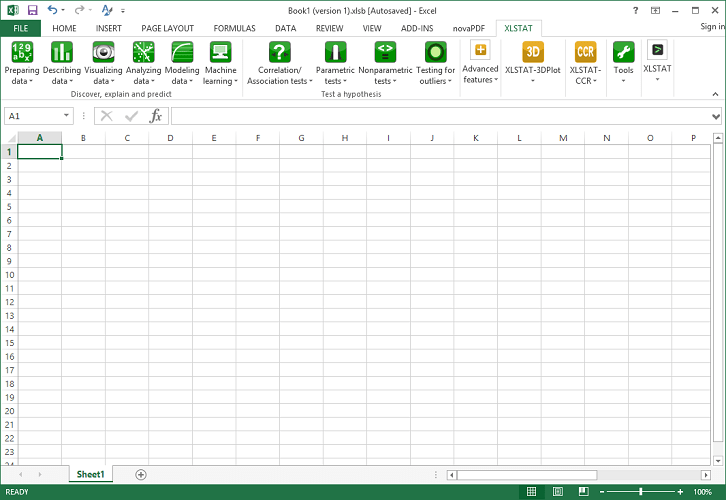The solution obtained is not necessarily the same for all starting points. K-means clustering is an iterative method which, wherever it starts from, converges on a solution. Note: if you want to take qualitative variables into account in the clustering, you must first perform a Multiple Correspondence Analysis (MCA) and consider the resulting coordinates of the observations on the factorial axes as new variables. The k-means and AHC methods are therefore complementary. The disadvantage of this method is that it does not give a consistent number of classes or enable the proximity between classes or objects to be determined. By multiplying the starting points and the repetitions, several solutions may be explored.An object may be assigned to a class during one iteration then change class in the following iteration, which is not possible with Agglomerative Hierarchical Clustering, where assignment is irreversible.K-means clustering has the following advantages: Other similar algorithms had been developed by Forgey (1965) (moving centers) and Friedman (1967). K-means clustering was introduced by McQueen in 1967.
Description of the k-means clustering analysis in XLSTAT General description




